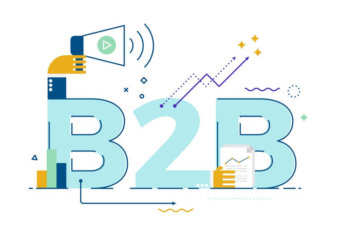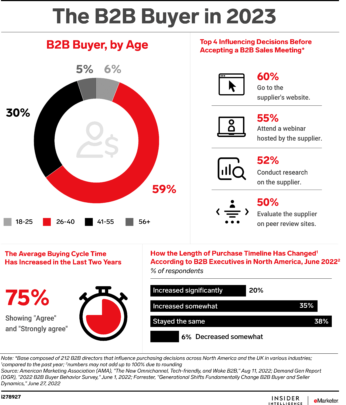For many small- and medium-sized businesses (SMBs), the pandemic was the nudge they needed to embrace digital technologies, like email marketing software. Plus, new challenges like inflation and labor shortages have left small businesses lacking the time and resources to maintain a robust marketing program. A recent Act! Survey found that 69% of SMB owners handle all of their company’s marketing responsibilities. Email marketing technology has quickly become a necessity for SMBs looking to keep pace with the competition.
With ROI top of mind for many of these SMB owners, it is critical to make the most of their email marketing. To do so, businesses must start by setting clear goals, then using the tools necessary to measure the success of those goals and simplify email marketing processes.
Related: Your Email Marketing Is Destined to Fail Without These 3 Essentials
SMART goals
We’ve all seen the acronym — successful email marketing starts with setting SMART goals that properly define and measure the goals of an email campaign. If you’re unsure of what your email campaigns are delivering, first ask yourself two questions:
Do you have SMART goals?
Are you effectively measuring your progress?
Often, SMBs create email marketing campaigns with (at best) poorly defined goals, like “increase the awareness of a new product.” While you may be able to track things like impressions, does that really determine the awareness you have created around the product?
Email marketing campaigns must be directed toward a specific, measurable outcome, like generating new leads, improving conversion rates and growing a subscriber list. Failure to properly define and track email campaign goals can lead to missed opportunities and uninformed decision-making down the line.
The metrics your team tracks should be determined by the goal of your email campaign. For example, if your goal is to increase the amount of time visitors spend on your website, you should track the overall time on site (TOS) while monitoring bounce rates to determine if page enhancements are enticing users to stay longer. If the goal is to generate leads, teams should be tracking lead source viability over time, leads by campaign type and the average number of touchpoints to conversion. To generate successful email marketing campaigns, marketers must first define clear goals and the metrics to track them.
Read more: How Small Businesses Can Make the Most of Email Marketing



